When it comes to selecting the ideal floor drain for your home or commercial property, two popular options stand out: brass floor drains and stainless steel floor drains. Both materials offer unique benefits and characteristics that make them suitable for different environments and applications. Let's delve into the details to help you make an informed decision.
Brass floor drains have long been a favorite for their classic, elegant appearance. The warm, golden hue of brass adds a touch of sophistication to any bathroom or kitchen. This makes brass floor drains particularly popular in high-end residential properties and commercial buildings where aesthetics are a priority.
Brass is an alloy of copper and zinc, which gives it impressive strength and durability. It can withstand heavy loads and pressure, making it ideal for high-traffic areas. Brass floor drains are also known for their anti-corrosion properties, ensuring they remain resilient and long-lasting even in environments with high moisture levels.
While brass is durable, it does require more maintenance compared to stainless steel. Over time, brass can tarnish and corrode, especially if exposed to harsh chemicals or environments. Regular cleaning and occasional polishing are necessary to maintain its appearance and functionality.
Brass floor drains generally come with a higher price tag than their stainless steel counterparts. This is partly due to the material cost and the intricate manufacturing processes involved. However, the investment can be justified by the aesthetic value and durability that brass offers.
Stainless steel floor drains are renowned for their sleek, modern appearance and exceptional durability. They are commonly used in areas with high moisture levels, such as bathrooms, showers, kitchens, and basements. The material's inherent properties make it a practical choice for both residential and commercial applications.
One of the standout features of stainless steel is its corrosion resistance. Stainless steel floor drains can withstand constant exposure to moisture and harsh chemicals without degrading. This makes them particularly suitable for environments like commercial kitchens and healthcare facilities where hygiene and durability are paramount.
Stainless steel is non-porous, meaning it does not absorb bacteria or other contaminants that can cause foul odors or health hazards. This hygienic property makes stainless steel floor drains ideal for use in sensitive areas where maintaining cleanliness is crucial.
Stainless steel floor drains are relatively low maintenance. They are easy to clean and do not require the same level of upkeep as brass drains. This makes them a practical choice for busy households and commercial properties where maintenance time is limited.
While the initial cost of stainless steel floor drains may be higher than some other materials, their long lifespan and low maintenance requirements make them a cost-effective option in the long term. The investment pays off through reduced replacement frequency and lower maintenance costs over the years.
The decision between a brass floor drain and a stainless steel floor drain ultimately depends on your specific needs and preferences. If aesthetics and a classic, elegant appearance are your top priorities, and you are willing to invest in regular maintenance, a brass floor drain may be the right choice for you. On the other hand, if you prioritize durability, low maintenance, and long-term cost-effectiveness, a stainless steel floor drain is likely the better option.
Both brass and stainless steel floor drains have their unique advantages and are suitable for different applications. Brass floor drains offer a classic, elegant look and impressive durability, but they require more maintenance and come at a higher cost. Stainless steel floor drains, on the other hand, provide corrosion resistance, low maintenance, and long-term cost-effectiveness, making them a practical choice for a wide range of environments. By considering your specific needs, aesthetic preferences, and maintenance capabilities, you can choose the floor drain material that suits your requirements. Whether you opt for the timeless elegance of brass or the practicality of stainless steel, proper installation and regular maintenance will ensure your floor drain remains functional and attractive for years to come.

 English
English Español
Español عربى
عربى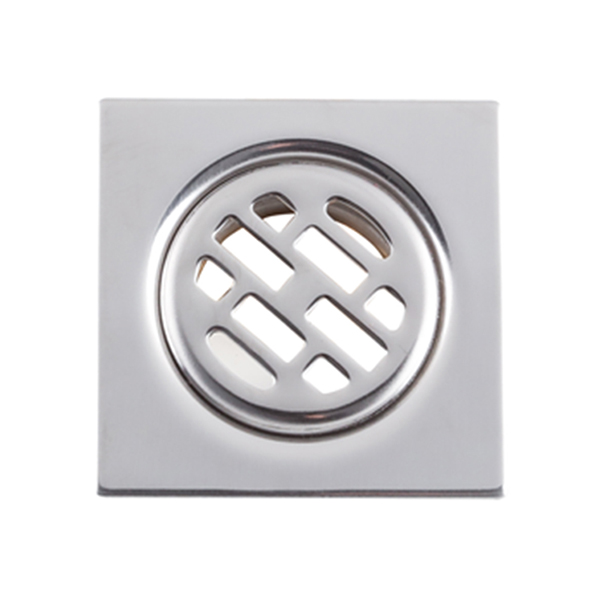
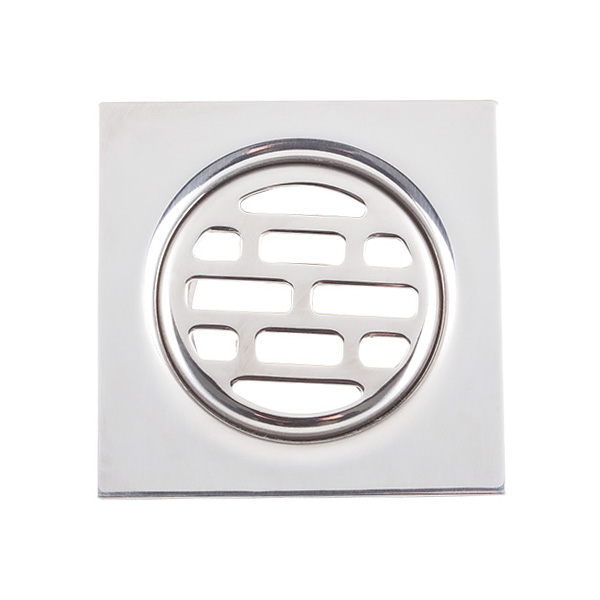
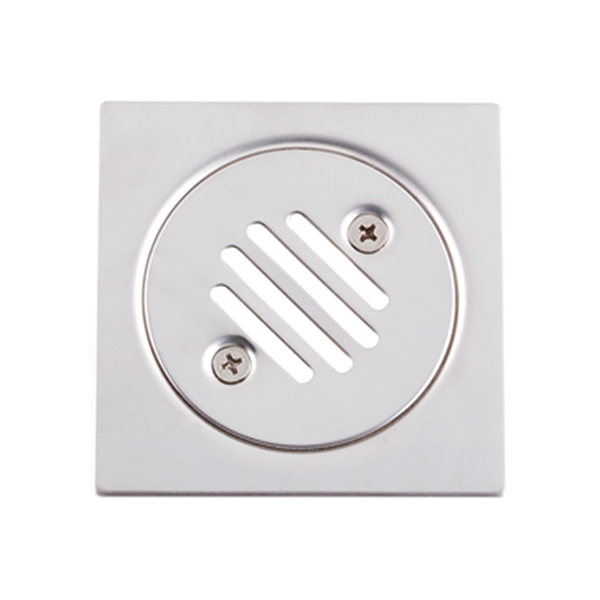
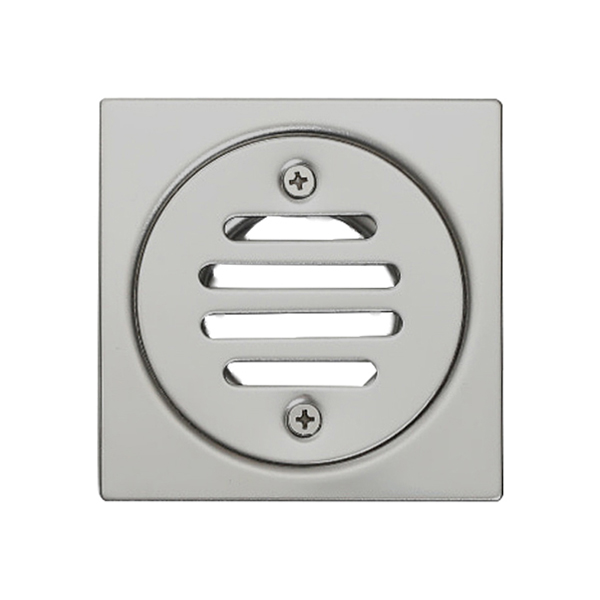
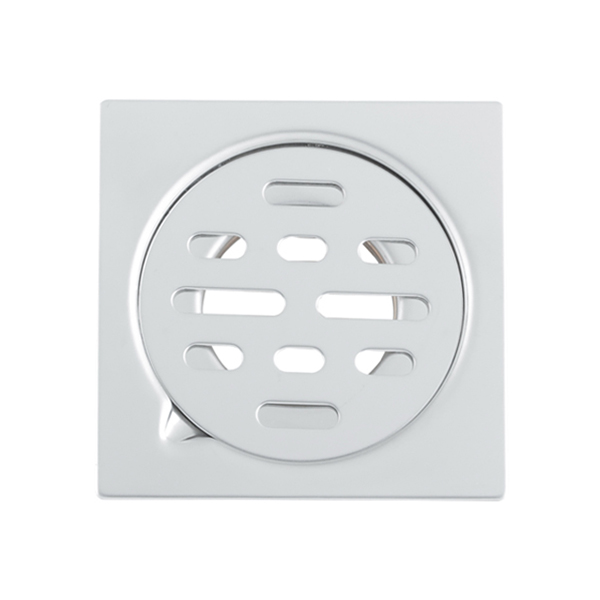
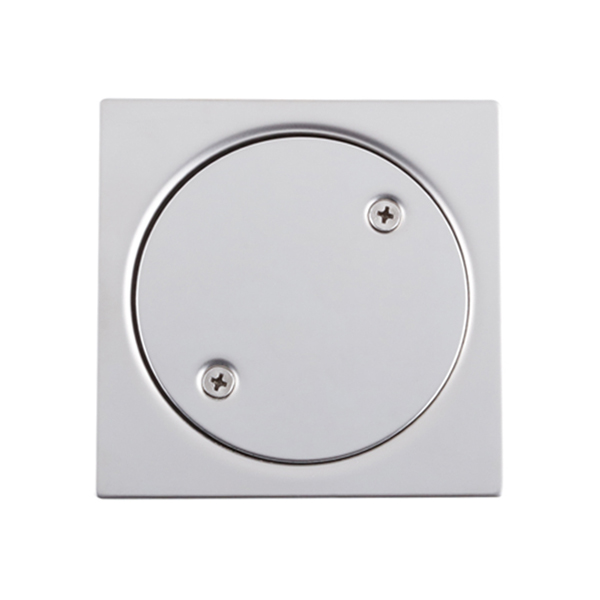
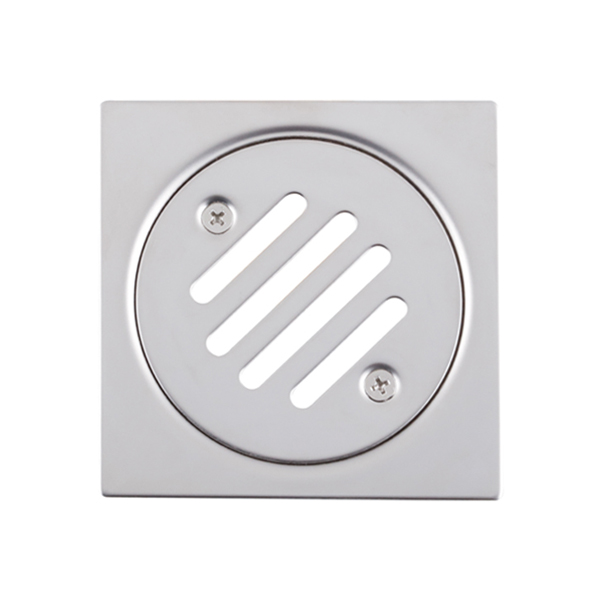
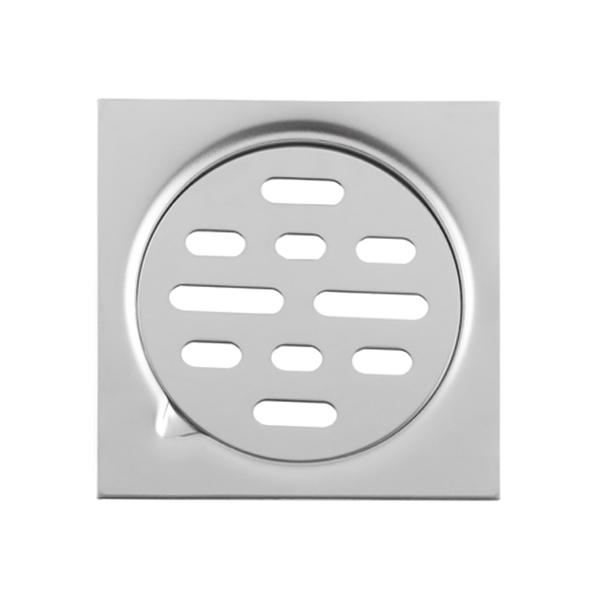
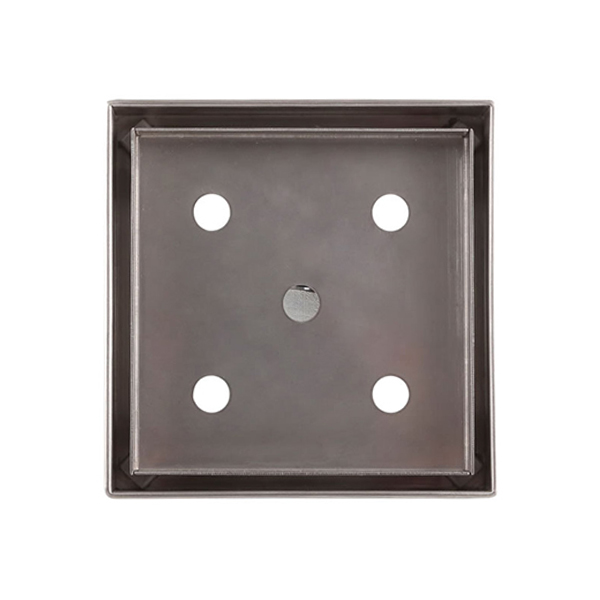
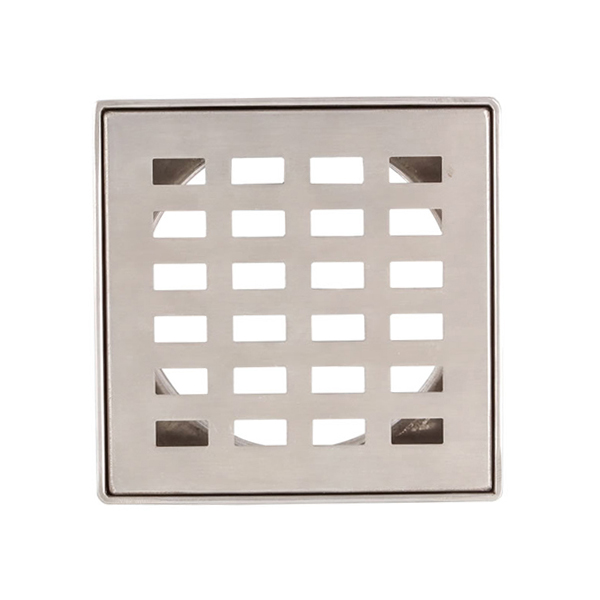
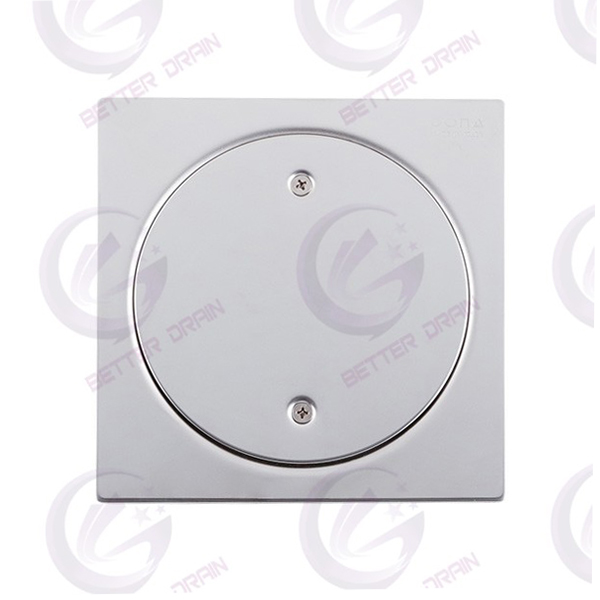
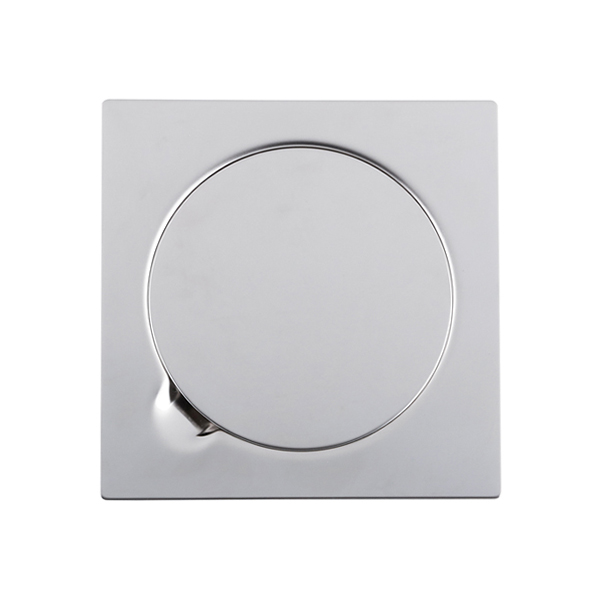

 +86-576-87422105
+86-576-87422105
 +86-576-87422322
+86-576-87422322 Xuancheng rd 32#, Yuhuan Economic Development Zone, Zhejiang, China
Xuancheng rd 32#, Yuhuan Economic Development Zone, Zhejiang, China